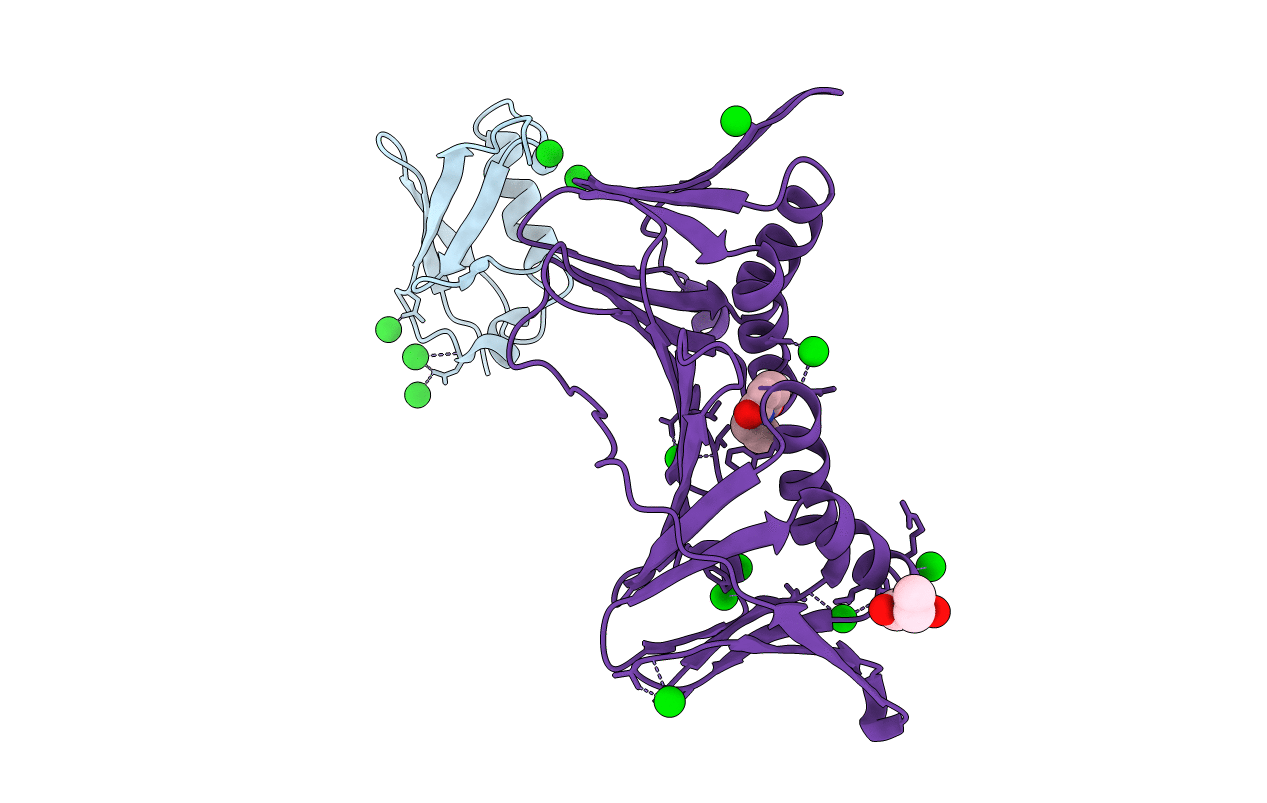
Deposition Date
2011-12-18
Release Date
2012-02-29
Last Version Date
2023-09-13
Entry Detail
PDB ID:
3V61
Keywords:
Title:
Structure of S. cerevisiae PCNA conjugated to SUMO on lysine 164
Biological Source:
Source Organism:
Saccharomyces cerevisiae (Taxon ID: 559292)
Host Organism:
Method Details:
Experimental Method:
Resolution:
2.80 Å
R-Value Free:
0.25
R-Value Work:
0.21
R-Value Observed:
0.21
Space Group:
I 41


